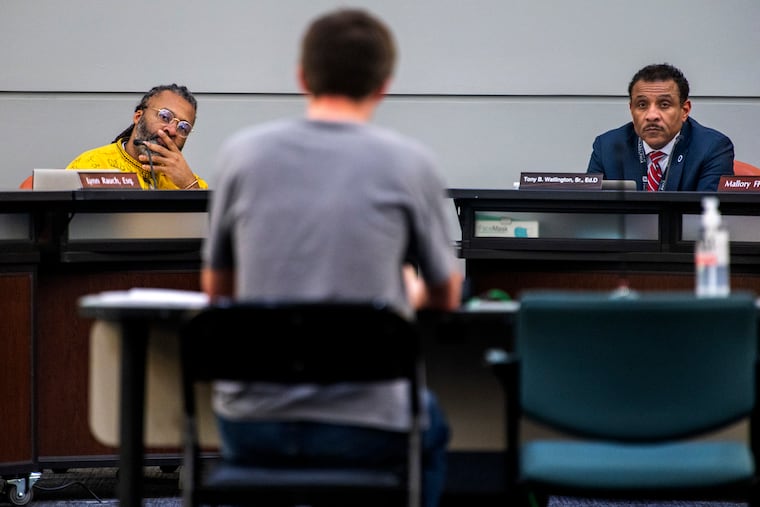More teachers, more school safety officers: Here’s what’s planned for Philly’s $4.5 billion budget
The school district will spend $22,379 per student in the 2023-24 school year, officials said — a 5.3% increase over the current school year. But a fiscal cliff is coming.
